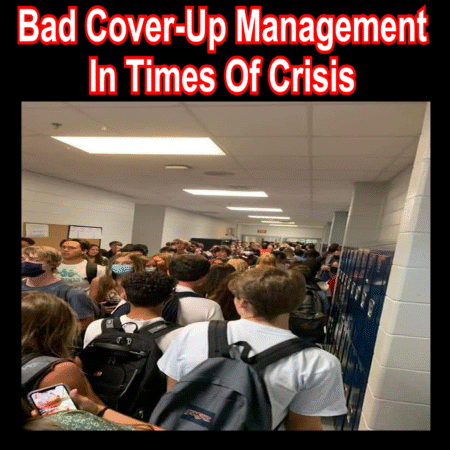Lessons from the pandemic’s education pod parents
Some say these pods are a decent solution to a real-time problem, while others say the pods will only fuel the inequity already baked into our educational system because only people with money can participate.
This post, written by Kevin Welner, an attorney and professor specializing in educational policy and law, explains why both sides have it partly right, and what we can learn from what he calls the new “pod parents.”
Welner is the director of the National Education Policy Center at the University of Colorado at Boulder and co-author of several books on school law, including the 2019 law school casebook “Education and the Law.” He is also author of “NeoVouchers: The Emergence of Tuition Tax Credits for Private Schooling.”
By Kevin Welner
Hollywood told us in 1956 that the “pod people” are determined to subdue the entire planet, replacing each person with an alien surrogate devoid of feelings and personality. Those human traits keep individuals from pursuing their best interests, the Pod People explain in “Invasion of the Body CONTINUE READING: Lessons from the pandemic’s education pod parents - The Washington Post


























